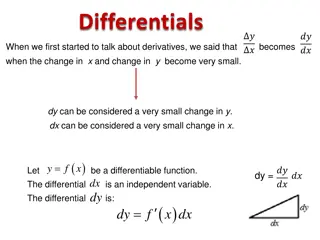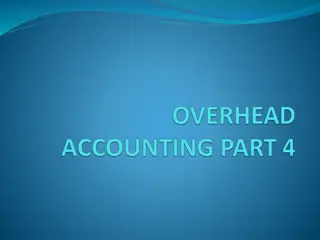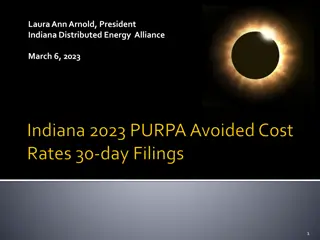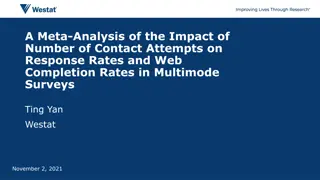Related Rates
Learn how to solve related rates problems using implicit differentiation – a powerful technique in calculus. Explore applications like ripple and ladder problems and enhance your problem-solving skills step by step. Detailed procedures and examples included.
Download Presentation

Please find below an Image/Link to download the presentation.
The content on the website is provided AS IS for your information and personal use only. It may not be sold, licensed, or shared on other websites without obtaining consent from the author.If you encounter any issues during the download, it is possible that the publisher has removed the file from their server.
You are allowed to download the files provided on this website for personal or commercial use, subject to the condition that they are used lawfully. All files are the property of their respective owners.
The content on the website is provided AS IS for your information and personal use only. It may not be sold, licensed, or shared on other websites without obtaining consent from the author.
E N D
Presentation Transcript
Related Rates ES: Explicitly assessing information and drawing conclusions.
Objective To solve related rate problems using implicit differentiation.
Implicit Differentiation + = 2 3 dy dx Find for x( 2 ) 3 x y x y + = 2 dy dx + 2 dy dx 3 0 (2 ) x 3 2 y y + = + 2 2 3 dy dx dy dx 3 2xy x y 2 = + x y + 3 2 2 dy dx 2 2 xy (3 1) 3 2( 3 1) 1 xy 2 dy dx= x y + 2
Related Rates One of the applications of mathematical modeling with calculus involves related rates word problems. Related rates problems involve finding a rate at which a quantity changes, by relating that quantity to another quantity whose rate of change is known. The rate of change is usually with respect to time.
Related Rates Procedure for Solving Related Rates Problems 1. Draw a diagram, if applicable, to visualize the problem. 2. Organize all information into a table. 3. Write an equation that relates the variables to one another. If possible solve for unknown values of the variables. 4. Use implicit differentiation to differentiate each side of the equation with respect to time. 5. Substitute known values and solve for the unknown.
Ripple Problem A stone is dropped into Lake Erie, causing circular ripples whose radii increase by 2 meters/second. At what rate is the disturbed area growing when the outer ripple has radius 5 meters?
= 2 A r Models Original Shape/Scenario r d dt ( ) = 2 A r Original is moving over time dA dt dr dt dA/dt is how fast area is changing over time. = 2 r dr/dt is how fast the radius is changing over time dA/dt ? dA dt dA dt ( )( ) 5 2 = 2 r 5 m 2 m dr/dt 2 m/s = 20 sec
Ladder Problem A 13-foot ladder is leaning against a house. The bottom of the ladder is pulled away from the house at a rate of 6 feet per second. How fast is the top of the ladder falling down the wall when the bottom of the ladder is 12 feet from the house?
+ = 2 2 2 13 Models Original Shape/Scenario a ( b 13ft b d dt ) + = 2 2 169 a b Original is moving over time a da/dt is how fast the base is moving away. da dt db dt + = 2 2 0 a b db/dt is how fast the top is falling down. a 12 ft b 5 ft db dt db dt ( )( ) ( ) 2 5 + = 2 12 6 0 = 10 144 da/dt 6 ft/s db dt db dt ft + = 144 10 0 = 14.4sec db/dt ?
Baseball Problem After hitting a baseball, a batter runs toward first base at a rate of 24 feet per second. How fast is the distance between second base and the batter changing at the instant that the batter is midway between home and first base?
90ft Models Original Shape/Scenario + = 2 2 2 90 a ( a b b d dt ) a + = 2 2 8100 b Original is moving over time da/dt is how fast the distance to first is decreasing. da dt db dt + = 2 0 2 a b db/dt is how fast the distance to second is decreasing. a 45 ft b 45 5 ft ( ) db dt 2160 90 5 24 5 db dt ( )( ) = = 2 45 24 2 45 5 da/dt -24 ft/s 90 5db db dt ft 2160 = = db/dt ? dt sec
Ladder Problem Joey is perched at the top of a 10-foot ladder leaning against the back wall of an apartment building (spying on an enemy of his) when it starts to slide down the wall at a rate of 4 ft per minute. Joey's accomplice, Lou, is standing on the ground 6 ft. away from the wall. How fast is the base of the ladder moving when it hits Lou?
Models Original Shape/Scenario + = 2 2 2 10 a ( b 10ft b d dt ) + = 2 2 100 a b Original is moving over time a da/dt is how fast the base is moving away. da dt db dt + = 2 2 0 a b db/dt is how fast the top is falling down. a 6 ft b 8 ft da dt+ da dt da dt 16 = ( ) 2 6 ( )( 2 8 ) = = 4 0 12 64 db/dt -4 ft/min da dt ft = 12 64 0 da/dt ? 3 min
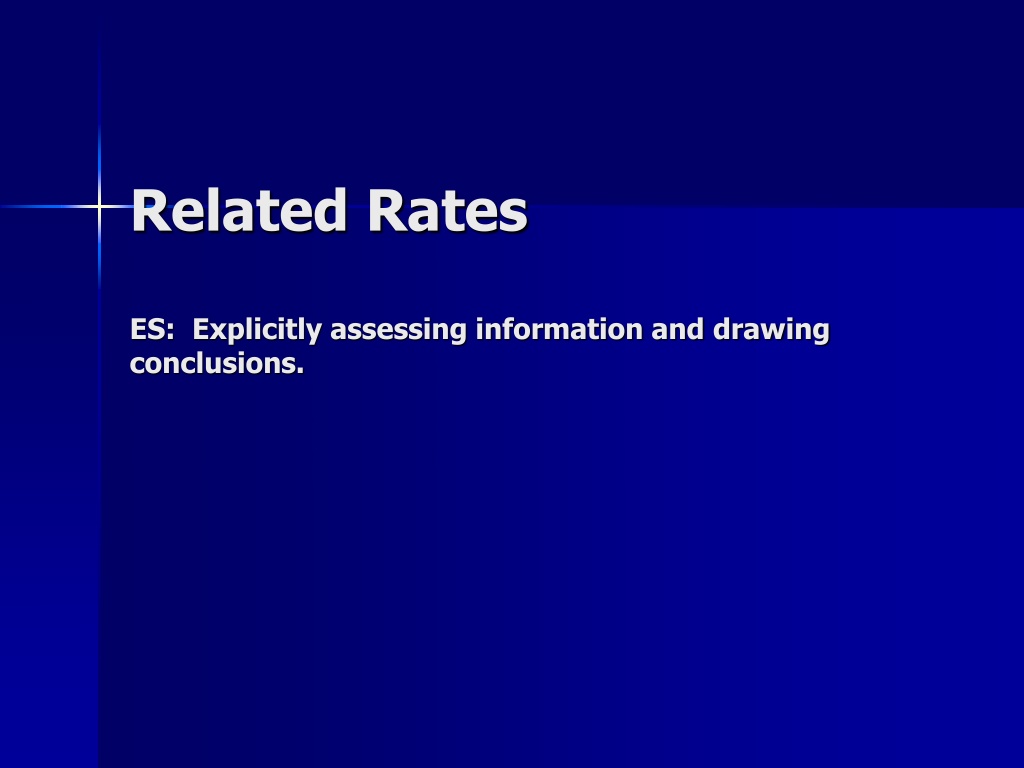
 undefined
undefined


![Town of [Town Name] Real Estate Tax Rates and FY 2024 Budget Summary](/thumb/62211/town-of-town-name-real-estate-tax-rates-and-fy-2024-budget-summary.jpg)
